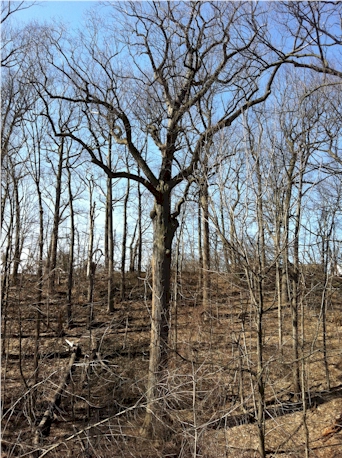
The oldest living thing in the New York metropolitan area is this 40-meter tulip poplar in Alley Pond Park in Queens.
With an estimated age of 350 to 450 years, it may already have been growing when Henry Hudson sailed into New York Bay in 1609.

The oldest living thing in the New York metropolitan area is this 40-meter tulip poplar in Alley Pond Park in Queens.
With an estimated age of 350 to 450 years, it may already have been growing when Henry Hudson sailed into New York Bay in 1609.
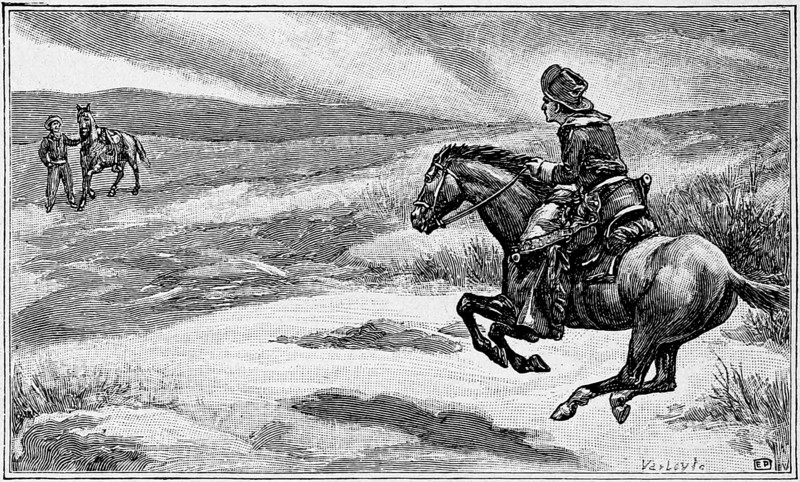
In this week’s episode of the Futility Closet podcast we’ll explore some curiosities and unanswered questions from Greg’s research, including a novelist’s ashes, some bathing fairies, the mists of Dartmoor, and a ballooning leopard.
We’ll also revisit the Somerton man and puzzle over an armed traveler.
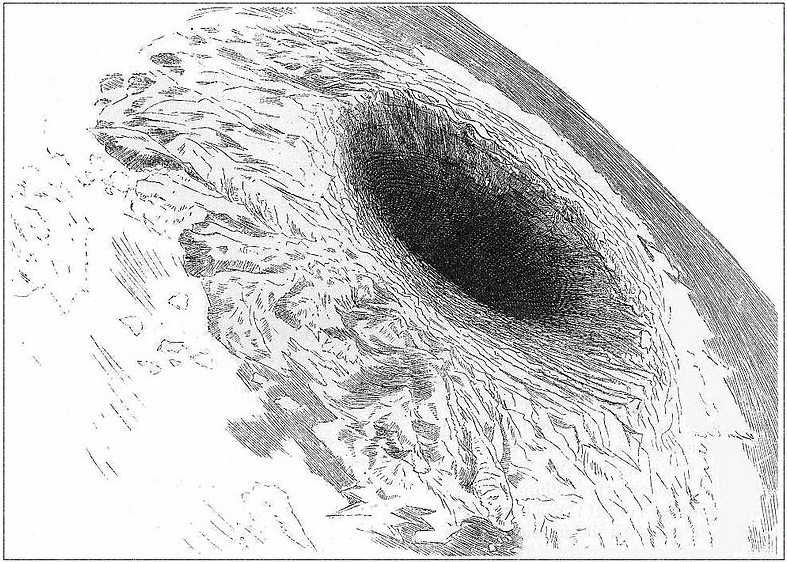
In 1818, Army veteran John Cleves Symmes Jr. declared that the earth was hollow and proposed to lead an expedition to its interior. He promoted the theory in lectures and even won support on Capitol Hill. In this week’s episode of the Futility Closet podcast we’ll describe Symmes’ strange project and its surprising consequences.
We’ll also revisit age fraud in sports and puzzle over a curious customer.
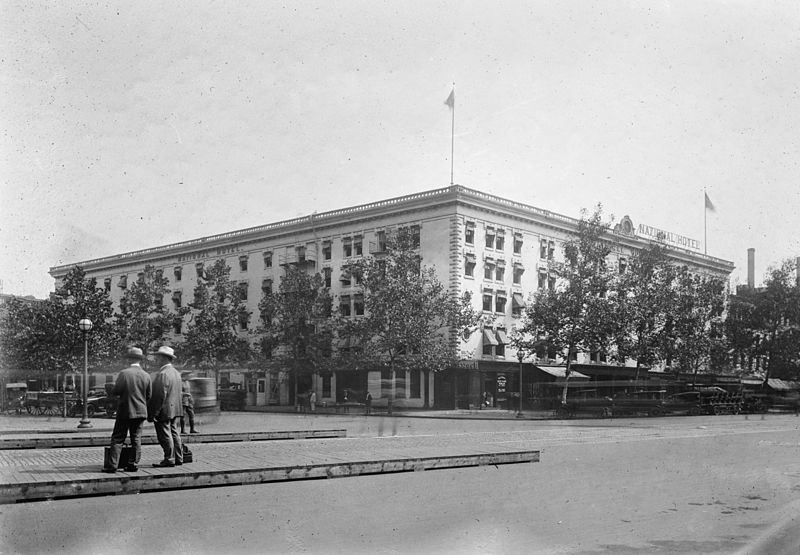
In 1857 guests at Washington D.C.’s National Hotel began to come down with a mysterious illness. One of them was James Buchanan, who was preparing to assume the presidency of the United States. In this week’s episode of the Futility Closet podcast we’ll describe the deadly outbreak and the many theories that were offered to explain it.
We’ll also contemplate timpani and puzzle over an Old West astronaut.
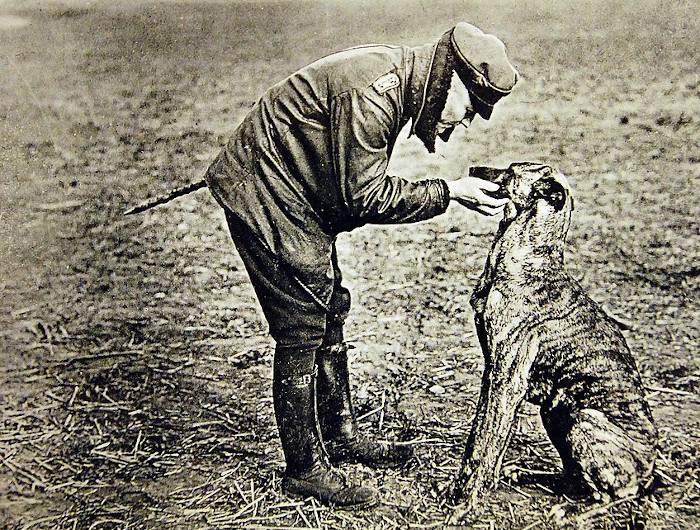
In 1918, German flying ace Manfred von Richthofen chased an inexperienced Canadian pilot out of a dogfight and up the Somme valley. It would be the last chase of his life. In this week’s episode of the Futility Closet podcast we’ll describe the last moments of the Red Baron and the enduring controversy over who ended his career.
We’ll also consider some unwanted name changes and puzzle over an embarrassing Oscar speech.

In 1917, two young cousins carried a camera into an English dell and returned with a photo of fairies. When Arthur Conan Doyle took up the story it became a worldwide sensation. In this week’s episode of the Futility Closet podcast we’ll tell the story of the Cottingley Fairies, a curiosity that would remain unexplained for most of the 20th century.
We’ll also remember a ferocious fire and puzzle over a troublesome gnome.

In 1898 a Belgian ship on a scientific expedition was frozen into the sea off the coast of Antarctica. During the long polar night, its 18 men would confront fear, death, illness, and despair. In this week’s episode of the Futility Closet podcast we’ll describe life aboard the Belgica during its long, dark southern winter.
We’ll also consider a devaluing signature and puzzle over some missing music.
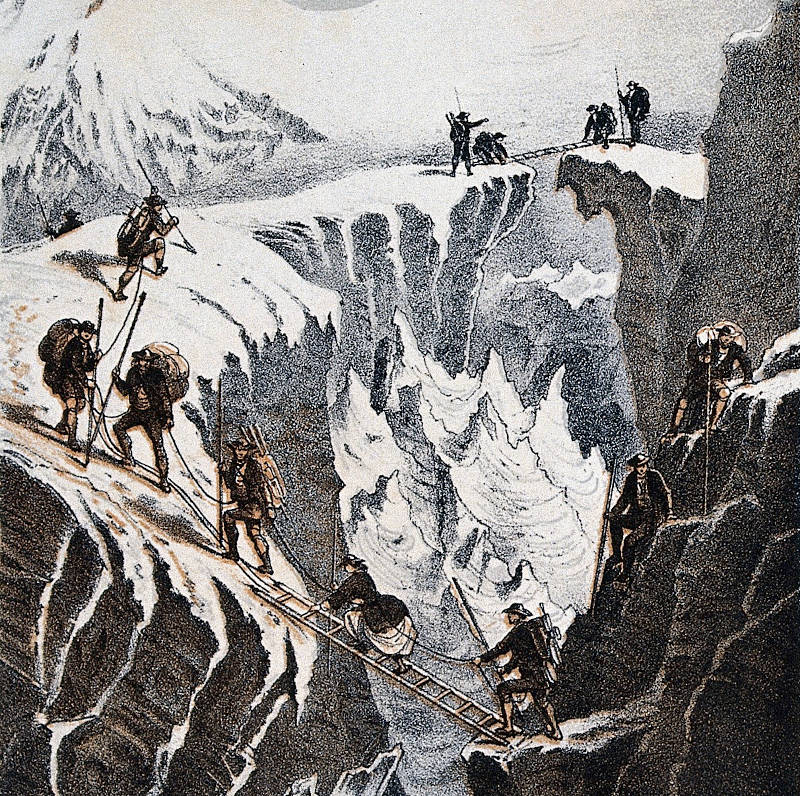
In 1838, Frenchwoman Henriette d’Angeville set out to climb Mont Blanc, the highest mountain in the Alps, against the advice of nearly everyone she knew. In this week’s episode of the Futility Closet podcast we’ll follow d’Angeville up the mountain to fulfill what she called “a monomania of the heart.”
We’ll also escape Australia in a box and puzzle over a fixed game.

For more than 40 years in the early 20th century, Martin Couney ran a sideshow in which premature babies were displayed in incubators. With this odd practice he offered a valuable service in an era when many hospitals couldn’t. In this week’s episode of the Futility Closet podcast we’ll describe Couney’s unusual enterprise, which earned both criticism and praise.
We’ll also marvel over an Amazonian survival and puzzle over a pleasing refusal.
How does an outfielder know where to run in order to catch a fly ball? Previously it had been thought that the fielder estimates the ball’s arc, acceleration, and distance; predicts where it will land; and runs straight to that spot.
“That was a really elegant solution,” Kent State psychologist Michael McBeath told the New York Times in 1995. “The only problem is that keeping track of acceleration like that is something that people are very bad at.”
McBeath and his colleagues analyzed fly balls and catches visually, mathematically, and subjectively from the players’ perspective, using a video camera. They found that fielders learn to run so that the ball follows a straight line in their visual field. “If you are faster than the critter you are trying to catch, if you can keep the prey on a simple path in your vision — hold it as if it’s moving in a straight line in your eye — then you’ll catch it.”
Among other things, this explains why fielders sometimes collide with walls when chasing uncatchable home runs. They haven’t calculated in advance where the ball will come down; instead they’re following an algorithm that’s directing them, accurately, to a landing point that’s not on the field.
(Michael K. McBeath, Dennis M. Shaffer, and Mary K. Kaiser, “How Baseball Outfielders Determine Where to Run to Catch Fly Balls,” Science 268:5210 [1995], 569-573.) (See Shortcuts.)